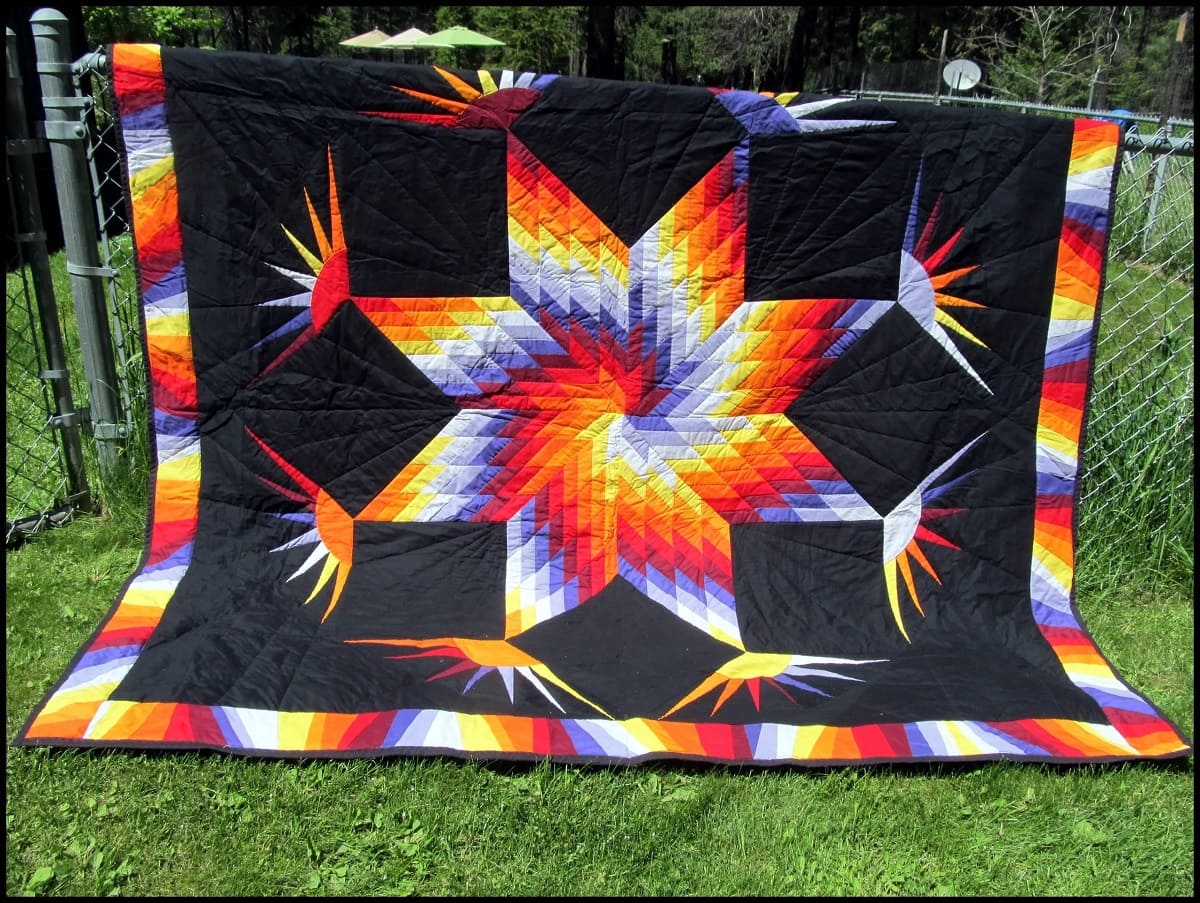

Articles
How To Make A Star Quilt
Modified: February 24, 2024
Learn the step-by-step process of creating a stunning star quilt with our informative articles. Discover tips, techniques, and inspiration for your next quilt project.
(Many of the links in this article redirect to a specific reviewed product. Your purchase of these products through affiliate links helps to generate commission for Storables.com, at no extra cost. Learn more)
Introduction
Welcome to the world of quilting, where artistic expression meets old-fashioned craftsmanship. Making a quilt is not only a creative outlet, but it also allows you to create a functional and beautiful piece that can be passed down through generations. If you’re looking for a challenging yet rewarding quilting project, then making a star quilt may be just what you’re looking for.
Star quilts have a rich history and have been a favorite among quilters for centuries. The intricate star patterns add a touch of elegance and sophistication to any quilt, making them a real showstopper. Whether you’re a beginner or an experienced quilter, creating a star quilt is a project that will test your skills and ignite your creativity.
In this article, we will guide you through the step-by-step process of making a star quilt. We’ll cover everything from choosing the right fabric to binding the quilt, ensuring you have all the information you need to create a stunning and unique star quilt that you’ll be proud of. So grab your sewing machine and let’s get started!
Key Takeaways:
- Making a star quilt is a challenging yet rewarding project that tests your skills and ignites your creativity. From choosing fabric to binding the quilt, each step brings you closer to creating a stunning and unique masterpiece.
- Completing a star quilt is not just about the finished product, but also about the journey of patience, dedication, and craftsmanship. It’s a timeless art form that leaves a lasting legacy for generations to come.
Read more: How To Make A Lakota Star Quilt
Materials Needed
Before you begin making your star quilt, it’s important to gather all the necessary materials. Here’s a list of what you’ll need:
- Fabric: Choose a variety of fabrics in different colors and patterns for your star blocks and background. Make sure to select high-quality fabric that is suitable for quilting.
- Rotary Cutter and Cutting Mat: These tools will make it easier for you to cut precise and straight pieces of fabric.
- Quilting Ruler: A clear, non-slip quilting ruler is essential for measuring and cutting fabric accurately.
- Sewing Machine and Thread: A reliable sewing machine and coordinating thread are necessary for sewing your quilt blocks and assembling the quilt.
- Iron and Ironing Board: Pressing your fabric and seams is crucial for achieving precise and professional results.
- Pins and Needles: These tools are essential for holding fabric together while sewing and for hand stitching the quilt binding.
- Quilt Batting: The batting is the layer between the quilt top and backing and provides warmth and structure to the quilt.
- Backing Fabric: Choose a fabric that complements your star blocks and is large enough to cover the entire quilt.
- Quilt Binding: You can either purchase pre-made binding or make your own using fabric scraps.
- Quilt Marking Tools: Chalk, water-soluble pens, or quilting stencils can be used to mark your quilting design on the quilt top.
- Scissors: Sharp fabric scissors are essential for cutting fabric and thread.
Having these materials on hand will ensure that you are prepared and ready to dive into the exciting world of making a star quilt. Now that you have everything you need, it’s time to move on to the first step: choosing fabric!
Step 1: Choosing Fabric
Choosing the right fabric is a crucial step in making a star quilt. The fabric you select will determine the overall look and feel of your quilt. Here are some tips to help you choose the perfect fabric:
- Color Palette: Decide on the color palette you want for your quilt. Consider selecting colors that complement each other and create a cohesive design. You can opt for a monochromatic scheme, where you use different shades of the same color, or choose contrasting colors for a bold and vibrant look.
- Prints and Patterns: Choose fabrics with different prints and patterns to add visual interest to your quilt. Mixing floral prints, geometric patterns, and solids can create a dynamic and eye-catching design.
- Contrast: Consider the contrast between your star blocks and the background fabric. You want the star blocks to stand out, so choose a background fabric that provides a stark contrast to the star fabrics.
- Texture: Take into account the texture of the fabrics. Mixing fabrics with different textures, such as cotton, linen, or velvet, can add depth and dimension to your quilt.
- Quantity: Determine the amount of fabric you’ll need based on the size of your quilt. It’s always better to have a little extra fabric than to run out in the middle of your project.
When selecting fabric, it’s a good idea to visit a fabric store and look for inspiration. Feel the fabrics, visualize how they will look together, and trust your instincts. Remember, the fabric you choose will set the tone for your quilt, so take your time and enjoy the process of selecting the perfect materials.
Once you’ve chosen your fabric, it’s time to move on to the next step: cutting the fabric.
Step 2: Cutting the Fabric
Now that you have your fabric selected, it’s time to start cutting the pieces for your star quilt. Accurate and precise cutting is essential to ensure that your quilt blocks fit together seamlessly. Here’s how to do it:
- Wash and Press: Before cutting your fabric, wash and press it to remove any excess chemicals and ensure that it’s clean and crisp. This step will also prevent shrinkage later on.
- Measure and Mark: Use your quilting ruler to measure and mark the dimensions of the pieces you need to cut. Double-check your measurements to ensure accuracy.
- Rotary Cutter and Cutting Mat: Place your fabric on a cutting mat to protect your working surface, and use a rotary cutter to cut along the marked lines. Applying gentle, even pressure, and keeping your hand steady will give you clean and straight cuts.
- Organize and Label: As you cut your fabric pieces, organize them by size and label them if necessary. This will help you keep track of your pieces as you move forward with the quilting process.
It’s important to note that each star block requires multiple pieces of fabric cut to specific sizes and shapes. The pattern you’ve chosen will dictate the exact dimensions for each piece. Take your time and be meticulous with your cutting to ensure that your pieces are the correct size and shape.
Once you have all your fabric pieces cut, it’s time to move on to the next step: creating the star pattern.
Step 3: Creating the Star Pattern
Now that your fabric is cut into the desired sizes and shapes, it’s time to create the star pattern for your quilt. The star pattern will serve as the foundation for your quilt blocks and is what gives the quilt its distinctive design. Here’s how to create the star pattern:
- Reference the Quilt Pattern: If you’re following a specific quilt pattern, refer to the instructions for the star block design. The pattern will provide you with the exact layout and dimensions of each piece.
- Use Templates or Stencils: If you don’t have a pattern to follow, you can use templates or stencils to create your star design. Trace the desired shapes onto cardstock or template plastic and cut them out. These templates will be used as a guide when cutting fabric for your star blocks.
- Arrange the Star Blocks: Lay out your star blocks on a flat surface to visualize how they will fit together. Experiment with different orientations and arrangements to find a layout that appeals to you. Take a photo or make a sketch of the design to reference later on.
- Create a Test Block: Before cutting and sewing all your fabric, it’s a good idea to create a test block using scrap fabric. This will allow you to test the accuracy of your measurements and make any modifications if needed.
Creating the star pattern is an exciting and creative part of the quilting process. It’s where you have the opportunity to showcase your artistic vision and create a unique design. Take your time and have fun experimenting with different layouts and arrangements.
Now that you have your star pattern finalized, it’s time to move on to the next step: sewing the star blocks.
Read more: How To Make A Friendship Star Quilt Block
Step 4: Sewing the Star Blocks
With your star pattern in hand, it’s time to start sewing the star blocks for your quilt. This step involves piecing together the fabric pieces to create the star design. Here’s how to sew the star blocks:
- Refer to the Pattern: If you’re following a specific quilt pattern, carefully read the instructions for sewing the star blocks. Pay attention to the order of assembly and any specific sewing techniques mentioned.
- Prepare your Sewing Machine: Ensure that your sewing machine is in good working order with a fresh needle and the appropriate thread. Adjust the stitch length and tension according to the fabric you’re using.
- Start with the Center: Begin by sewing the individual pieces together to create the center of the star. Use a quarter-inch seam allowance and press the seams open or to the side, as instructed by the pattern.
- Add the Star Points: Sew the fabric pieces for the star points, making sure to align the seams and points accurately. Take your time to sew straight and accurate seams for a clean and professional finish.
- Press as You Go: After sewing each seam, press the fabric flat to set the seam and ensure that your star blocks lie flat. Use a hot iron and be cautious not to stretch or distort the fabric.
- Repeat for Each Block: Continue sewing and piecing together the fabric pieces for each star block according to the pattern or your chosen design. Take breaks as needed to rest and maintain focus.
Sewing the star blocks requires precision and attention to detail. Take your time and check your work as you go to ensure that all seams and points align correctly. Pressing the fabric as you sew will help create crisp and professional-looking star blocks.
Once you have completed sewing all the star blocks, it’s time to move on to the next step: assembling the quilt top.
When making a star quilt, be sure to accurately measure and cut your fabric pieces to ensure precise and symmetrical star points. This will help your quilt come together neatly and beautifully.
Step 5: Assembling the Quilt Top
Now that you have your star blocks sewn, it’s time to assemble the quilt top. This step involves arranging and sewing the blocks together to create a cohesive and visually appealing design. Here’s how to assemble the quilt top:
- Layout the Blocks: Lay out your star blocks on a flat surface according to your chosen design. Take your time to arrange them in a way that is visually pleasing and balanced. You can refer to your sketch or photo from earlier to guide you.
- Join the Blocks: Once you’re satisfied with the layout, begin joining the star blocks together. Use a quarter-inch seam allowance and sew the blocks in rows, one row at a time. Press the seams either open or to one side, as preferred.
- Stitch the Rows: After sewing the blocks into rows, stitch the rows together to complete the quilt top. Match the seams and points accurately to ensure a seamless and aligned quilt top.
- Press as You Go: As you stitch the blocks and rows, press the fabric flat to set the seams and create a smooth and even quilt top. Pressing improves the overall appearance and gives your quilt a professional finish.
- Trim and Square Up: After completing the quilt top, trim any excess fabric and square up the edges to ensure that the quilt top is even and properly aligned.
Assembling the quilt top is an exciting step, as you can see your star blocks come together to form a beautiful design. Take your time during this process to ensure that the blocks are aligned and the seams are sewn accurately. Pressing the fabric as you go will result in a nicely finished quilt top.
Now that you have your quilt top assembled, it’s time to move on to the next step: layering and basting.
Step 6: Layering and Basting
Layering and basting are important steps in the quilting process as they ensure that the quilt top, batting, and backing are securely held together. This step creates the structure and stability of the quilt. Here’s how to layer and baste your quilt:
- Prepare Your Workspace: Clear a large, flat surface such as a table or the floor to lay out your quilt layers. Ensure that the area is clean and free of any debris.
- Backing Fabric: Start by laying out your backing fabric with the wrong side facing up. Smooth out any wrinkles or creases to create a flat surface for the quilt.
- Batting: Place the quilt batting on top of the backing fabric, ensuring it is centered and even. Smooth out any wrinkles or folds in the batting.
- Quilt Top: Carefully place the quilt top on the batting, aligning it with the backing fabric. Smooth out any wrinkles or uneven areas.
- Basting: To hold the layers together, use safety pins, basting spray, or long hand stitches. Start from the center of the quilt and work your way outward, securing all layers together at regular intervals.
- Smooth and Flatten: As you baste, ensure that the fabric layers remain smooth and flat, without any puckers or folds. Smooth out any wrinkles or uneven areas as you go.
Layering and basting are essential for preventing shifting and bunching of the fabric layers during the quilting process. Take your time to ensure that all layers are securely held together, and that the quilt is smooth and flat.
Once you have finished layering and basting your quilt, it’s time to move on to the next step: quilting.
Step 7: Quilting
Quilting is the process of stitching the layers of the quilt together to create texture, design, and stability. There are various ways to quilt a star quilt, and the choice depends on your personal preference and skill level. Here are some common quilting techniques to consider:
- Hand Quilting: Hand quilting involves stitching the layers together using a needle and thread. This method allows for intricate designs and a traditional, handmade look. It requires patience and skill but can result in beautiful, detailed quilts.
- Machine Quilting: Machine quilting is done using a sewing machine and can be accomplished with straight lines, free-motion quilting, or using a quilting foot with various decorative stitches. This method is faster and lends itself to more modern, geometric designs.
- Longarm Quilting: If you have access to a longarm quilting machine, you can send your quilt to a professional quilter who will use a large machine to quilt intricate designs. This option provides a professional finish but can be more expensive.
When quilting, it’s important to consider the design and size of your star blocks. You can echo quilt around the stars, quilt in the ditch along the block seams, or create custom designs that complement the star pattern. Experiment with different quilting techniques to achieve the desired effect.
Remember to take breaks and pace yourself during the quilting process. Quilting can be time-consuming, but it is also a chance to add your personal touch and creativity to the quilt.
Once you have completed the quilting, it’s time to move on to the final step: binding the quilt.
Read more: How Do You Make A Lone Star Quilt
Step 8: Binding the Quilt
The final step in making your star quilt is binding, which gives the quilt a clean and finished edge. Binding not only adds a decorative touch but also helps secure the layers together. Here’s how to bind your quilt:
- Prepare the Binding: Cut strips of fabric for binding, ensuring that they are long enough to cover the entire perimeter of your quilt. The width of the strips can vary depending on your preference, typically ranging from 2.5 to 3 inches.
- Join the Strips: Take the binding strips and join them together at a 45-degree angle to create a continuous strip. Press the seams open and trim any excess fabric.
- Attach the Binding: Starting from one side of the quilt, align the raw edges of the binding strip with the raw edges of the quilt top. Pin or clip in place as you go to keep the binding secure.
- Sew the Binding: Using a quarter-inch seam allowance, sew the binding to the quilt top, mitering the corners as you go. Take your time to ensure neat and even stitching.
- Fold and Secure: Once the binding is sewn to the quilt top, fold it over to the back of the quilt. Press the folded binding in place and secure it by hand stitching or using a machine stitch.
- Finishing Touches: Trim any excess binding fabric, and give the quilt a final press to smooth out any wrinkles or creases.
Binding is the final step that brings your star quilt together and provides a polished look. Take your time to ensure that the binding is securely attached and that the corners are mitered neatly.
Once you finish the binding, your star quilt is complete and ready to be admired, used, or gifted to someone special.
Congratulations on completing your star quilt! You have created a beautiful and meaningful piece that showcases your quilting skills and creativity. Take a moment to appreciate your hard work and enjoy the satisfaction that comes from completing a quilting project.
Remember, making a star quilt may be a challenging endeavor, but the end result is a unique and cherished masterpiece that will be cherished for years to come. Happy quilting!
Conclusion
Congratulations on reaching the end of your star quilt-making journey! Throughout this article, we’ve explored the step-by-step process of creating a star quilt, from choosing the fabric to binding the finished quilt. Making a star quilt requires patience, attention to detail, and a passion for the craft. You have delved into the world of quilting, bringing together your creativity and craftsmanship to create a beautiful and unique piece.
As you worked through each step, you gained a deeper understanding of the quilting process. You learned how to choose the perfect fabric, cut precise pieces, create a star pattern, sew the blocks together, assemble the quilt top, layer and baste, quilt the layers, and finally bind the quilt. Each step brought you closer to the completion of your star quilt, providing you with a tangible representation of your skill and artistic expression.
By following the techniques outlined in this article, you not only have a finished star quilt, but you have also acquired valuable quilting knowledge that can be applied to future projects. The more you practice and explore different quilt patterns and techniques, the more your skills will develop and your creativity will flourish.
Whether this star quilt is for yourself, a loved one, or to be gifted, it holds the warmth and love that you have put into each and every stitch. It is a symbol of your dedication, patience, and craftsmanship. Each time you see the quilt, it will serve as a reminder of the joy and fulfillment that comes from creating something with your own hands.
Now that you have completed your star quilt, take a moment to appreciate your accomplishment. Share it with others, display it proudly, or cozy up under it on a chilly evening. Embrace the beauty and functionality of this handmade treasure.
Quilting is not simply a hobby or craft; it is a timeless art form that allows you to leave a lasting legacy. Your star quilt will be admired and cherished by those who see and use it, keeping the tradition of quilting alive for generations to come.
So, take a bow and revel in the satisfaction of completing your star quilt. Thank you for joining us on this quilting adventure, and may your future quilting endeavors be just as fulfilling and rewarding.
Frequently Asked Questions about How To Make A Star Quilt
Was this page helpful?
At Storables.com, we guarantee accurate and reliable information. Our content, validated by Expert Board Contributors, is crafted following stringent Editorial Policies. We're committed to providing you with well-researched, expert-backed insights for all your informational needs.
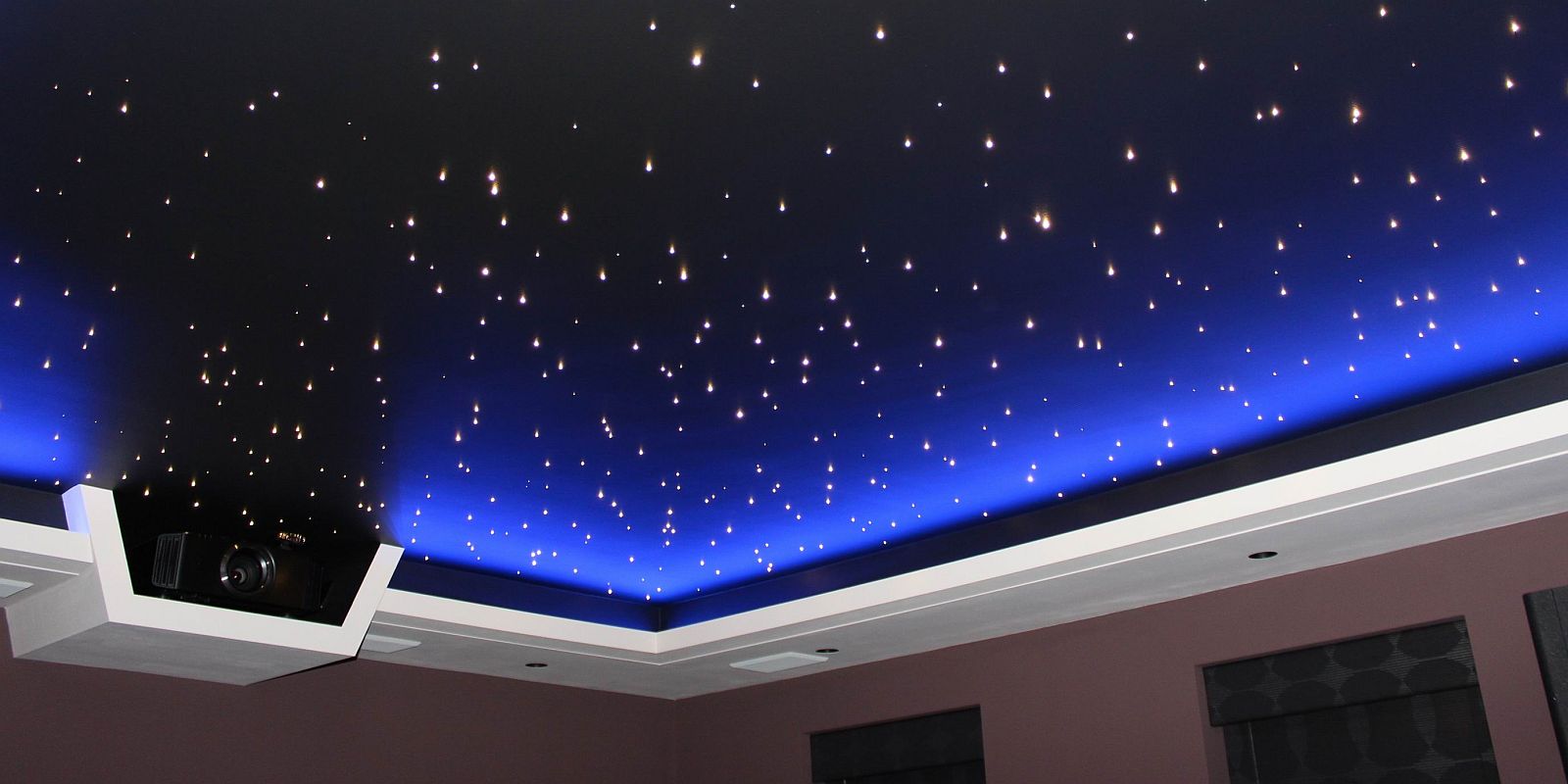
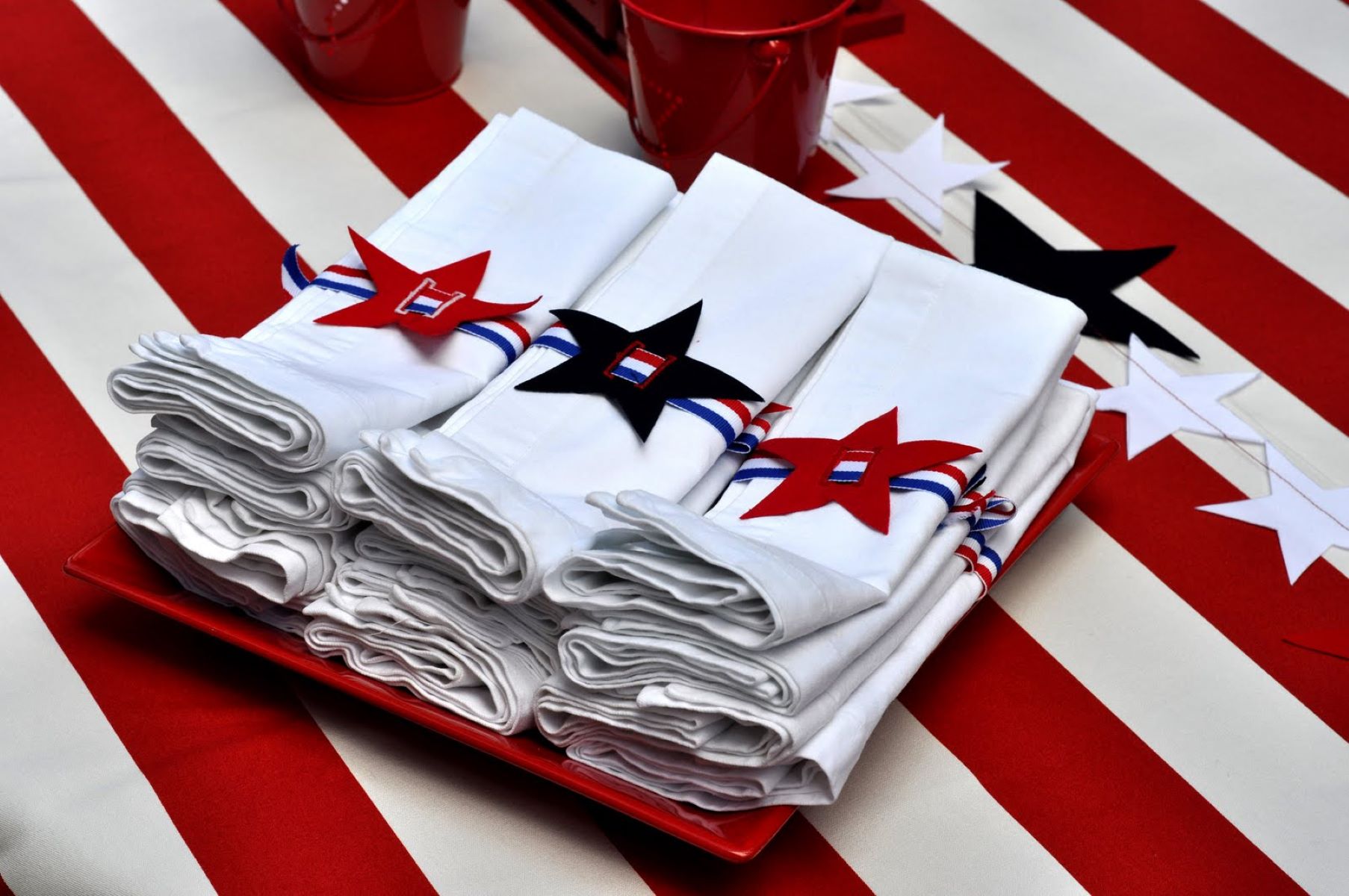

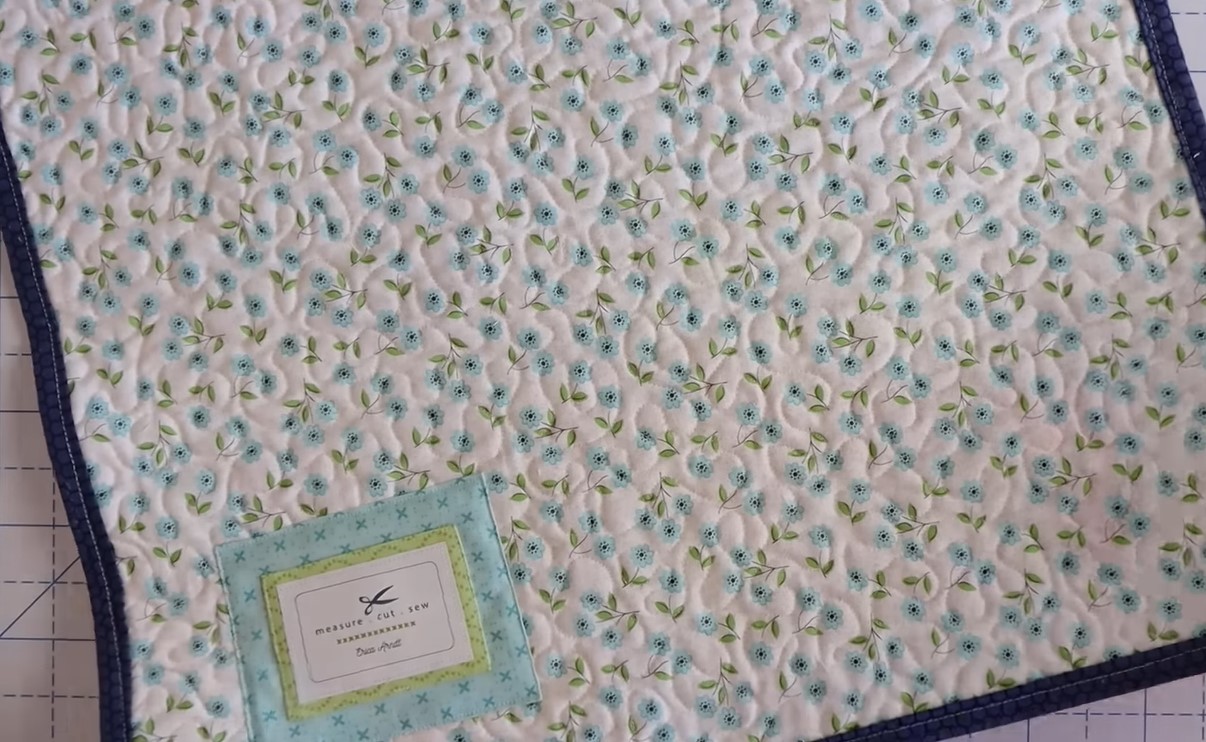
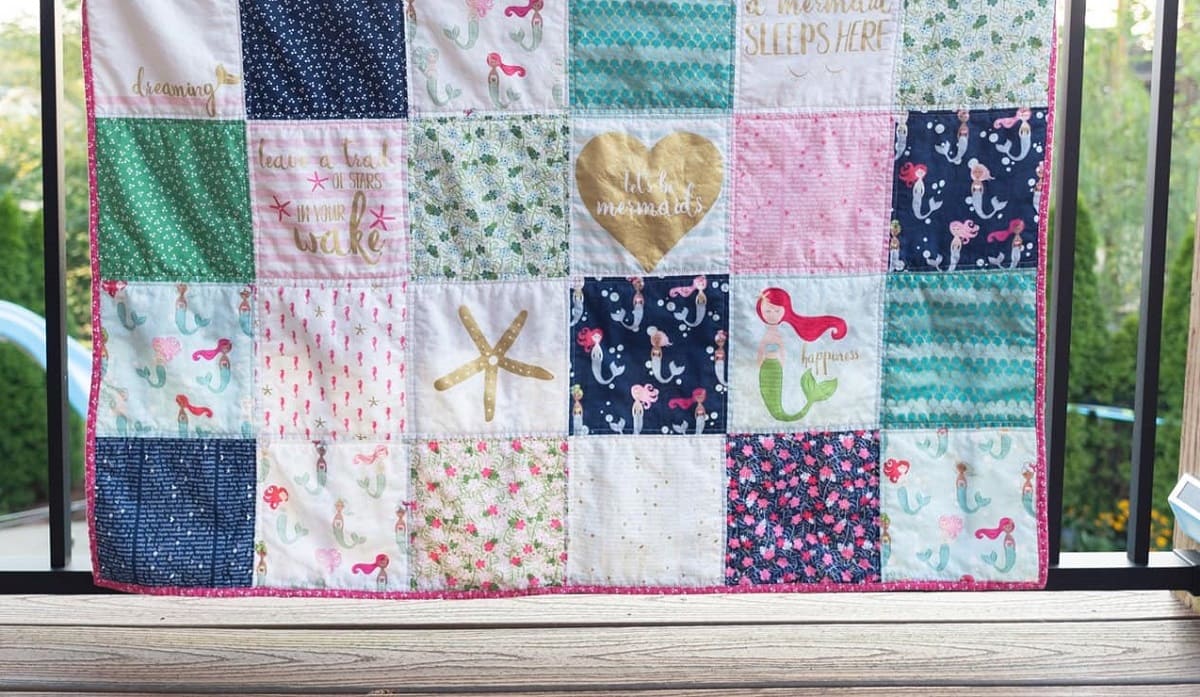
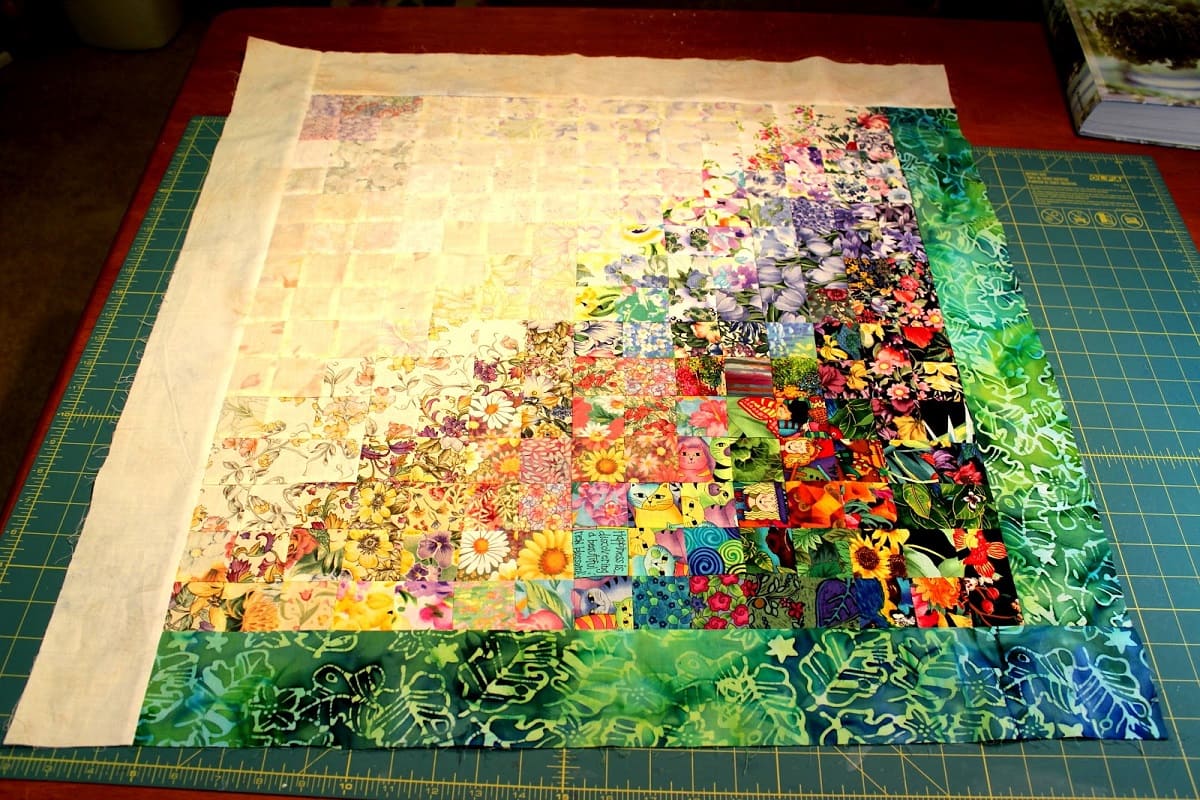
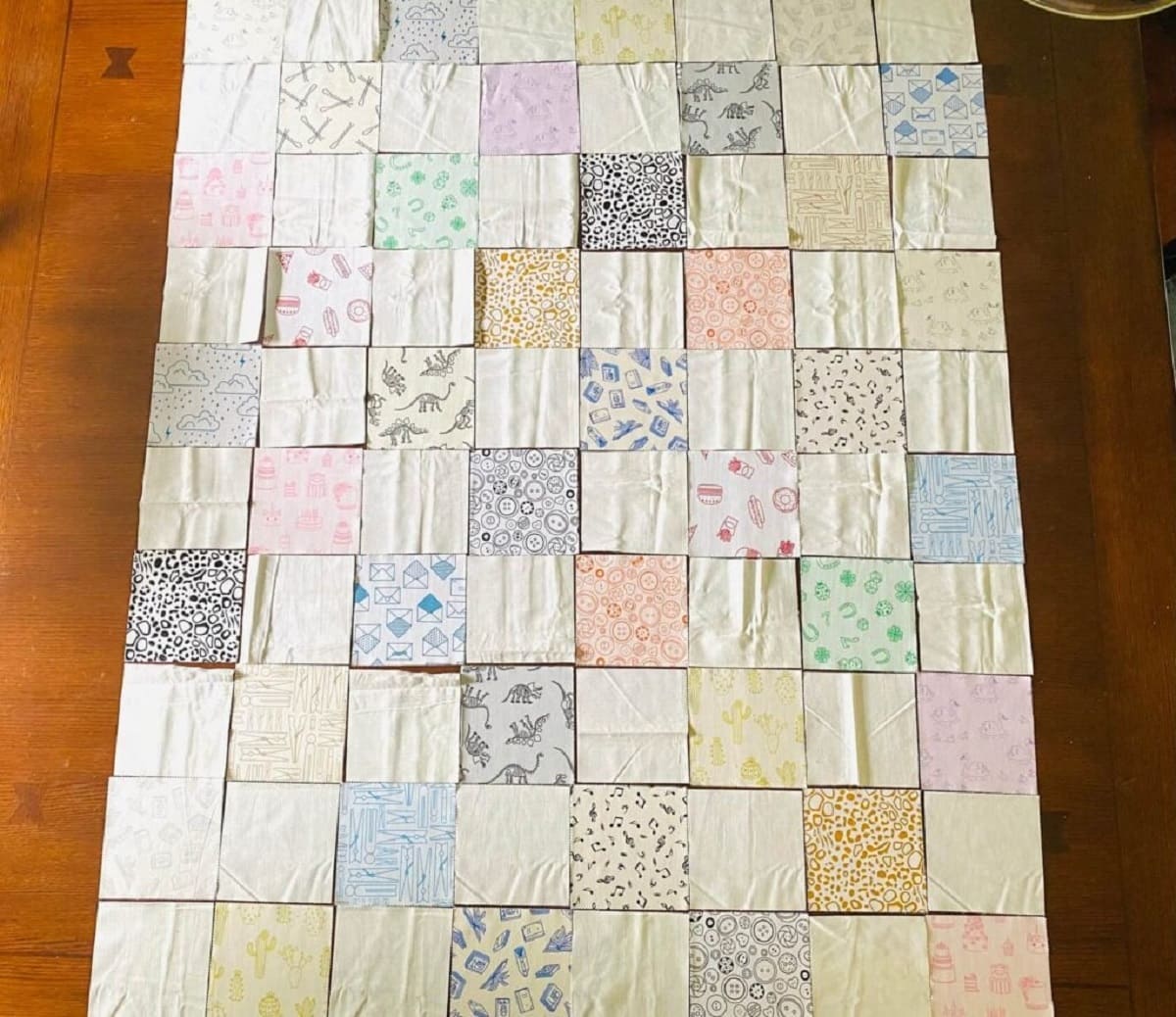
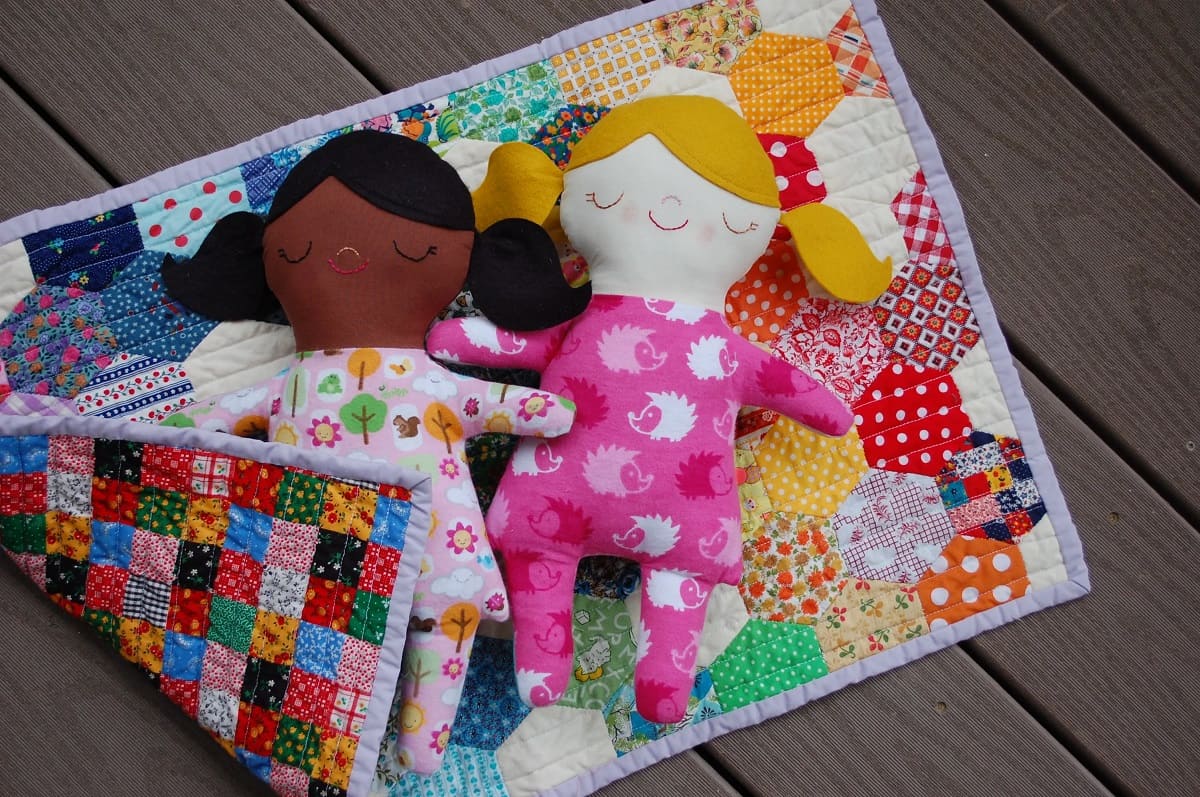
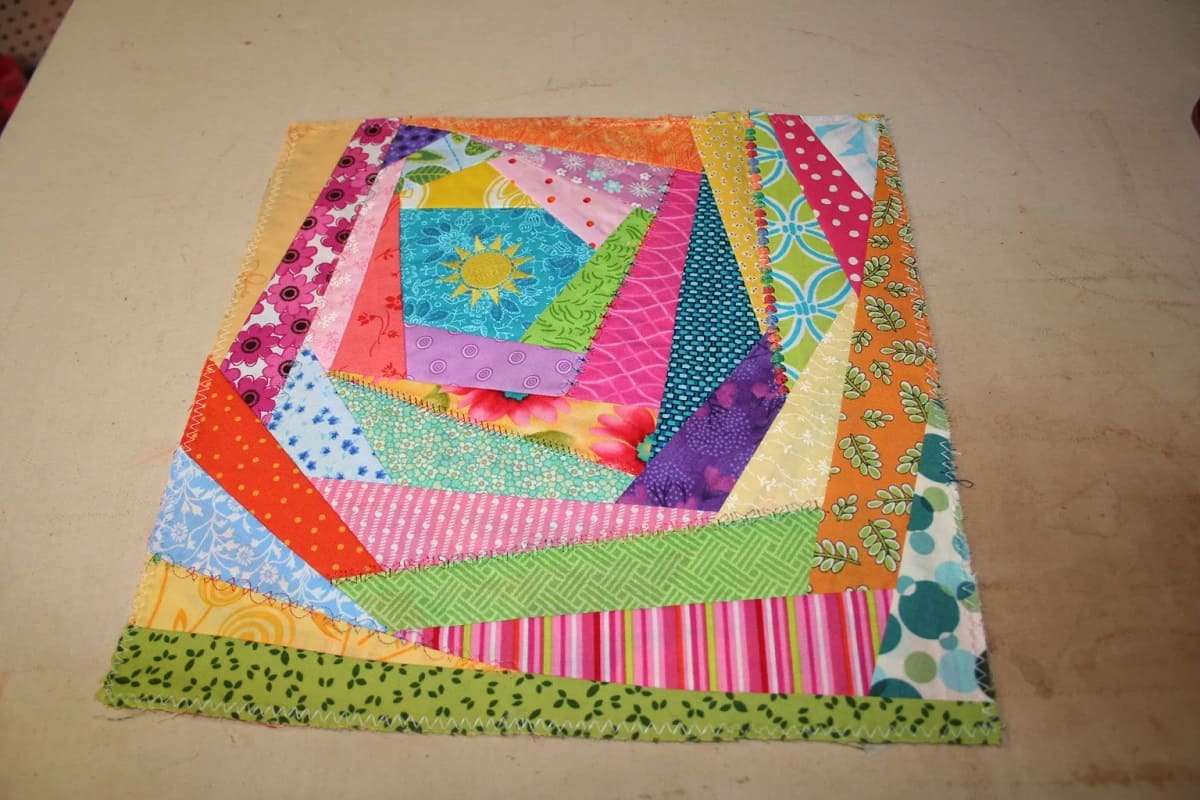
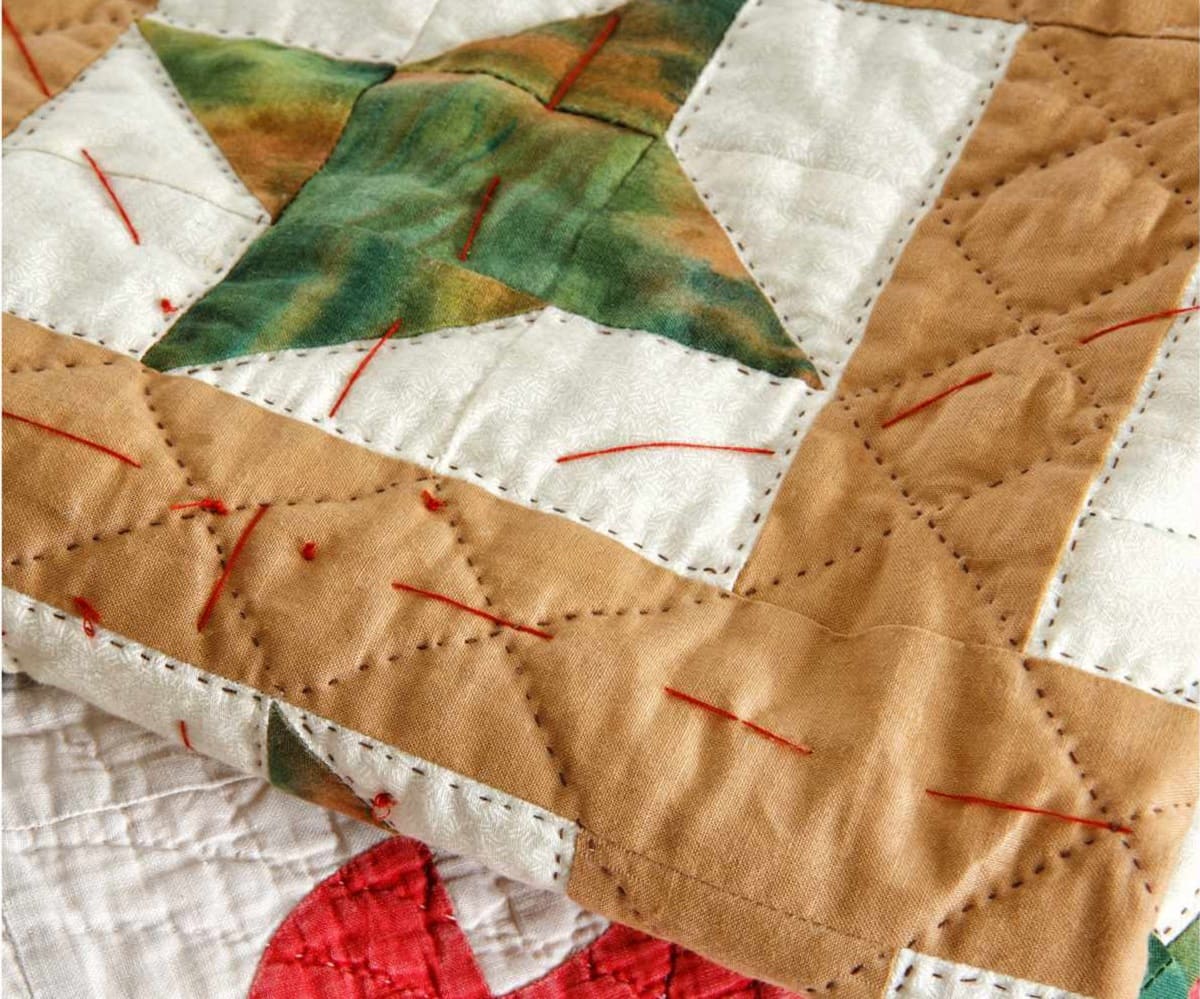
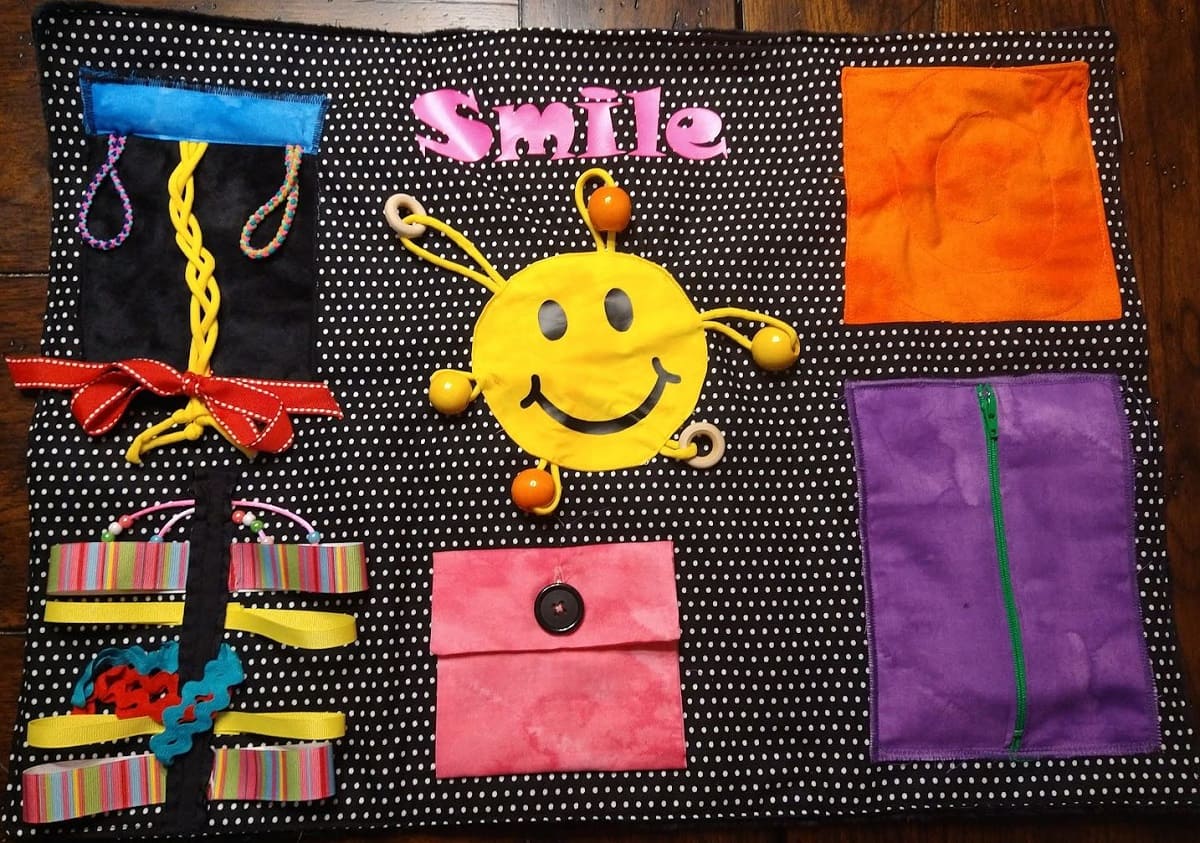
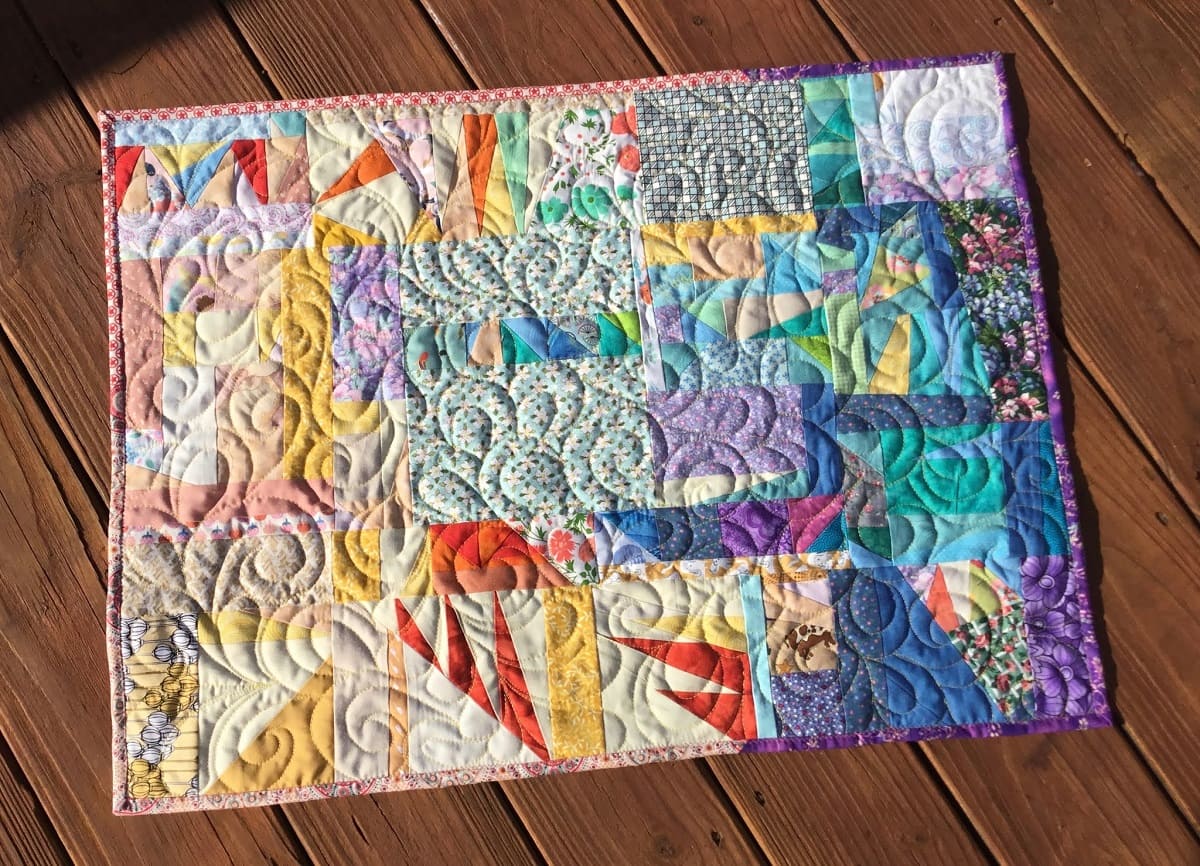
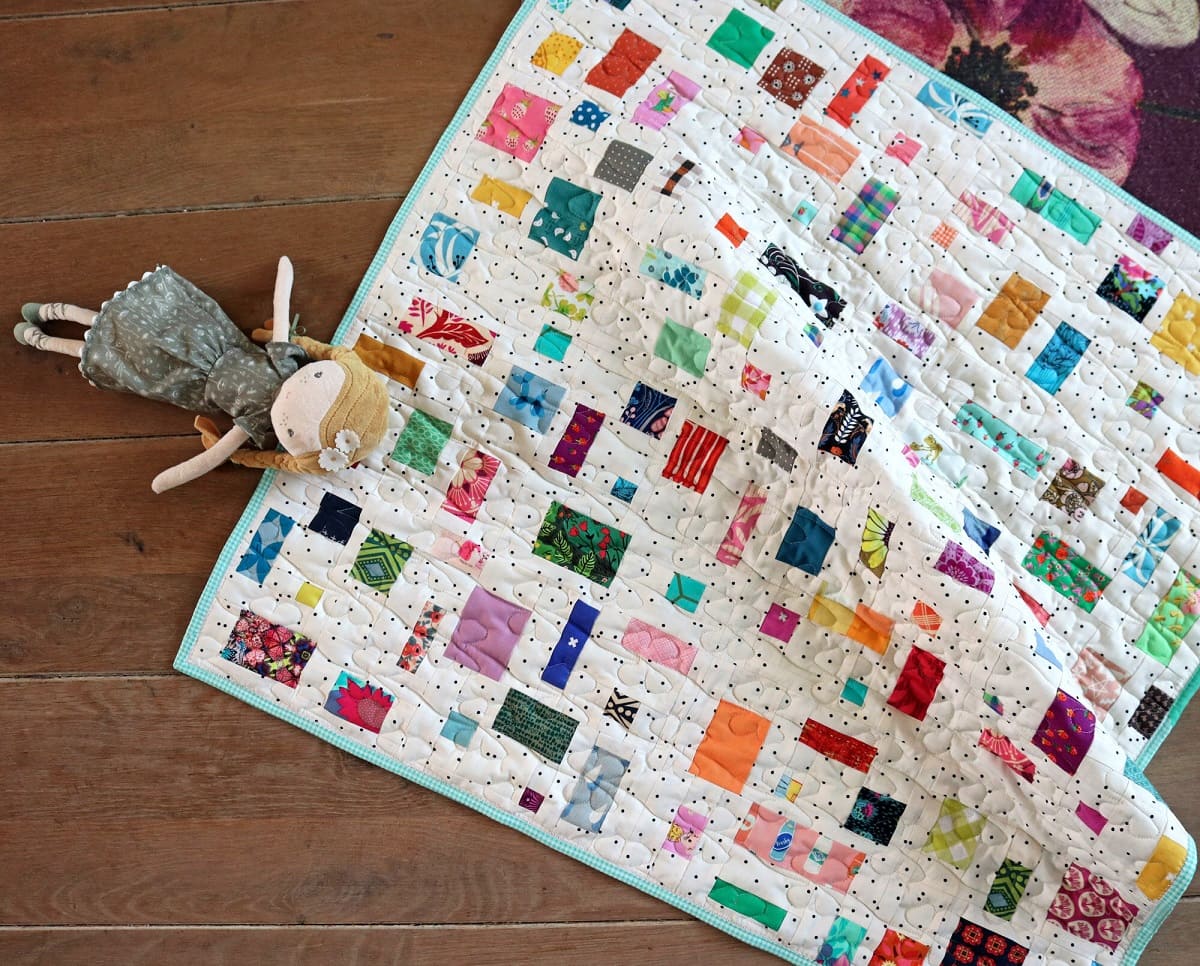

0 thoughts on “How To Make A Star Quilt”